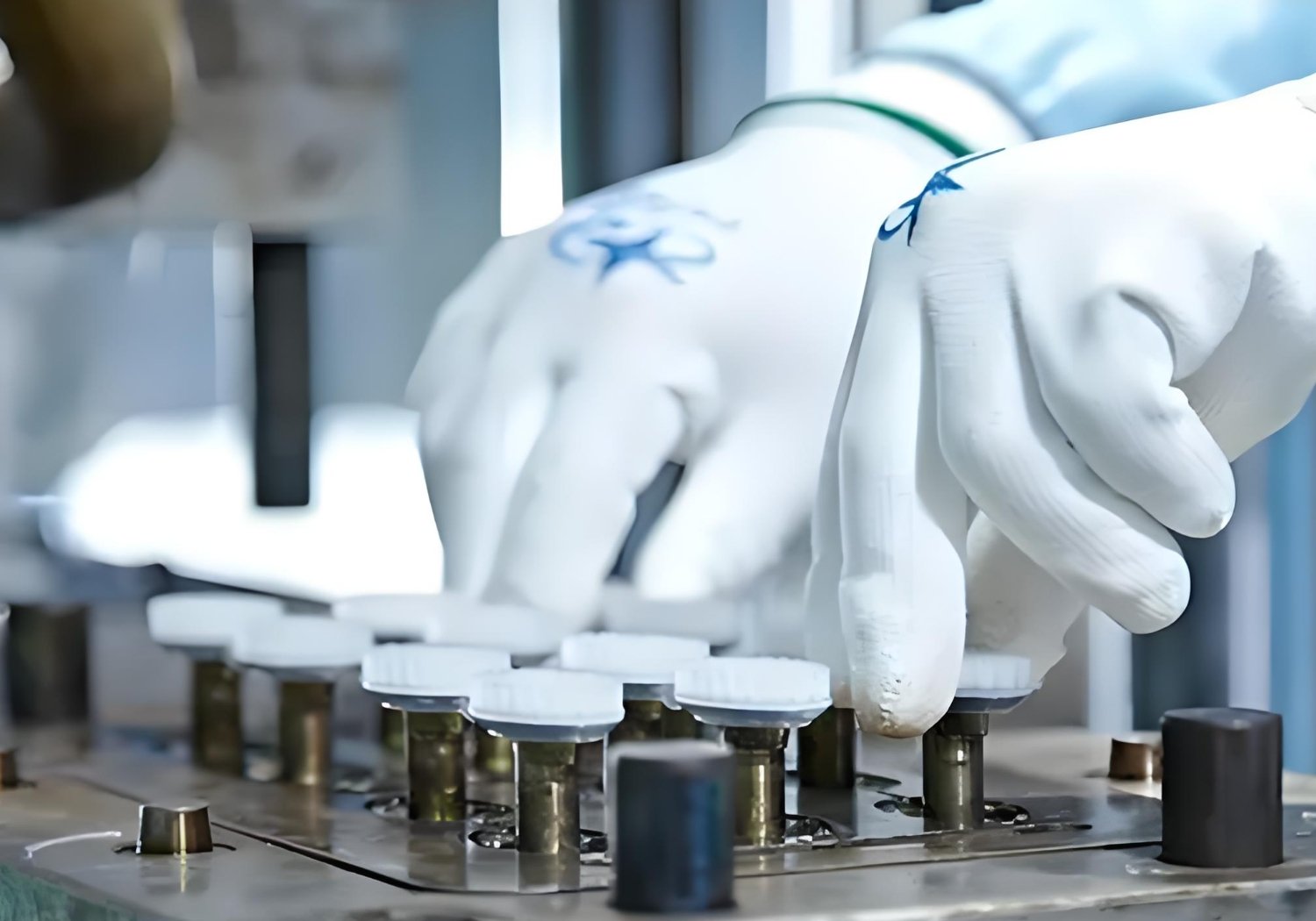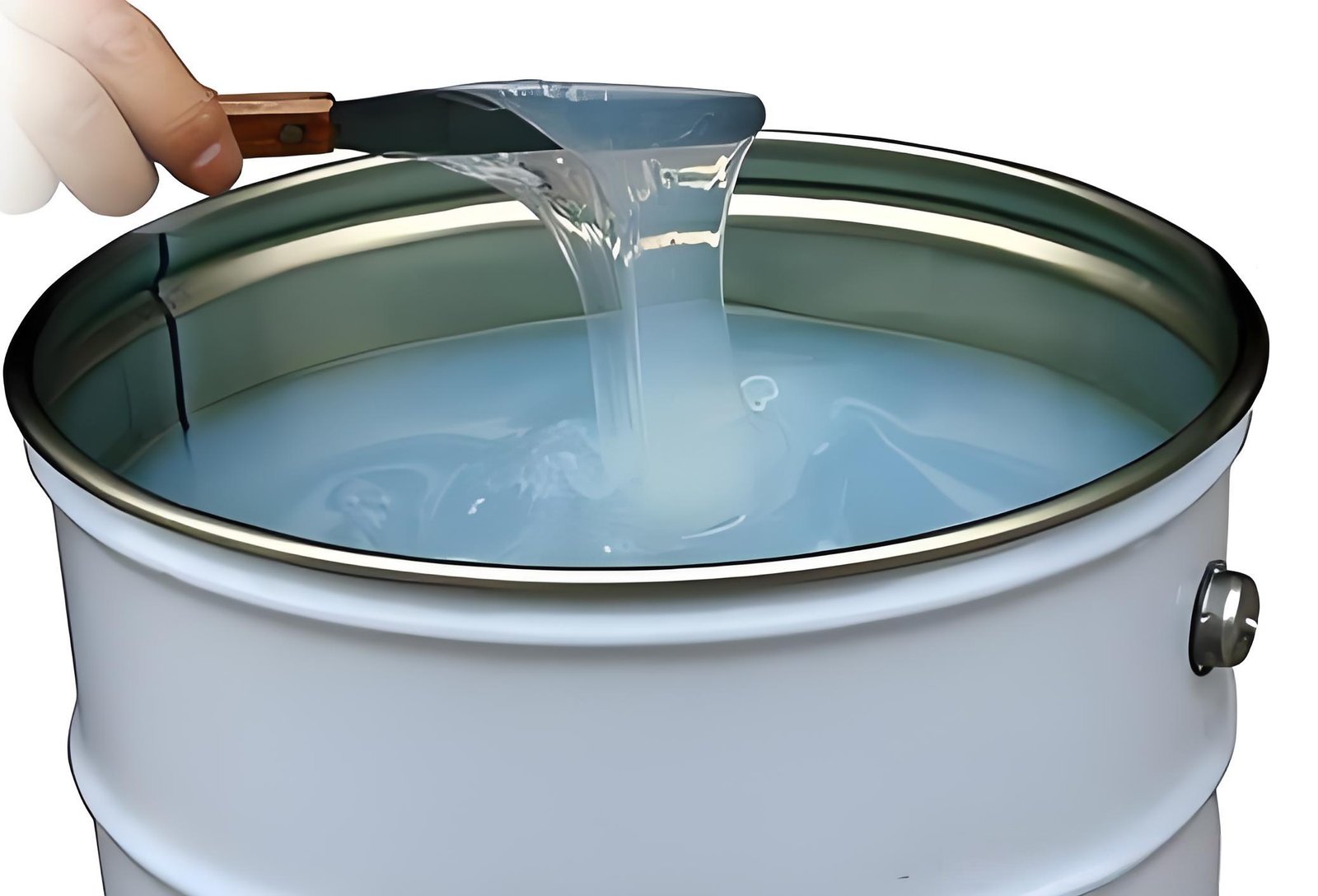Precision LSR Injection Molding for Demanding Applications
Start your project now
ISO 9001:2015 Certified Processes
ISO 14001:2015 Certified Processes
ISO 45001: 2018 Certified
ISO 13485: 2016 Medical Device
IATF16949:2016 Automotive
High-quality LSR Injection Molding Services by Fecision
Our LSR Injection Molding Services
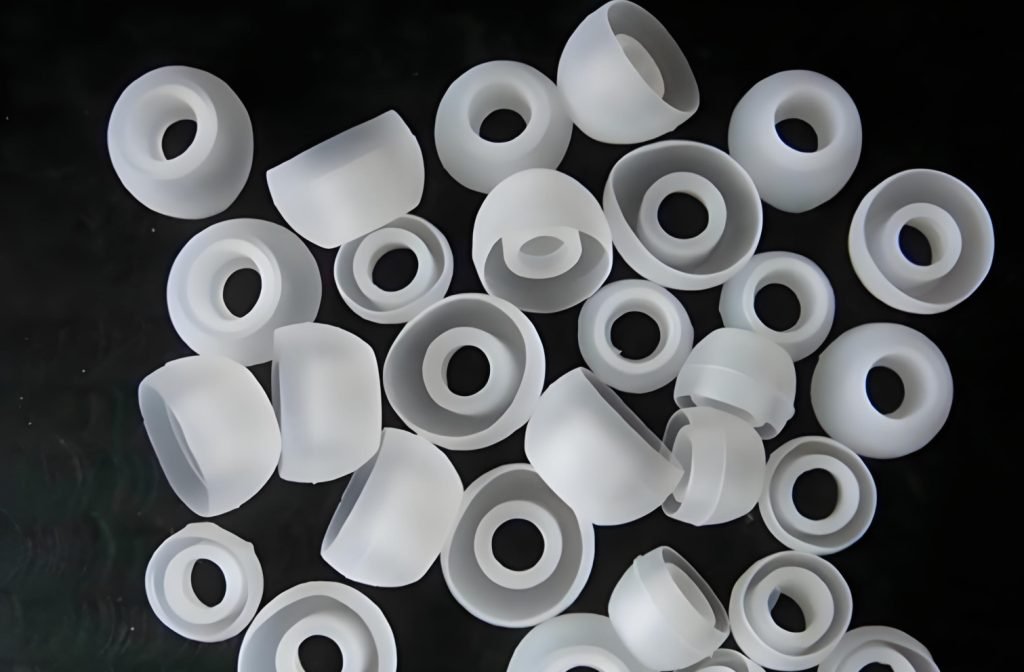
LSR Injection Molding
LSR Injection Molding involves injecting liquid silicone rubber—a two-component material—into a heated mold. Unlike traditional thermoplastic injection molding, LSR is a thermosetting material, meaning it retains its shape and properties once cured, making it perfect for demanding applications.
Fecision's Service
At Fecision, we specialize in LSR injection molding, delivering customized solutions for industries such as medical, automotive, electronics, and consumer goods. This process is ideal for creating complex, high-performance components that meet stringent quality and regulatory standards.
What is Liquid Silicone Rubber (LSR)
Understanding LSR Injection Molding
Liquid Silicone Rubber (LSR) is a high-purity, versatile thermoset elastomer renowned for its exceptional performance characteristics. It is a two-part, platinum-cured silicone system (typically an A component and a B component mixed in a 1:1 ratio) that, once cured, offers a unique combination of properties making it an ideal choice for a vast array of demanding applications.
★ Outstanding thermal stability
★ Excellent chemical resistance
★ Inherent biocompatibility and hypoallergenic nature
★ Superior durability and tear strength
★ Electrical insulation properties
★ Can be easily pigmented for color-coding or aesthetic purpose
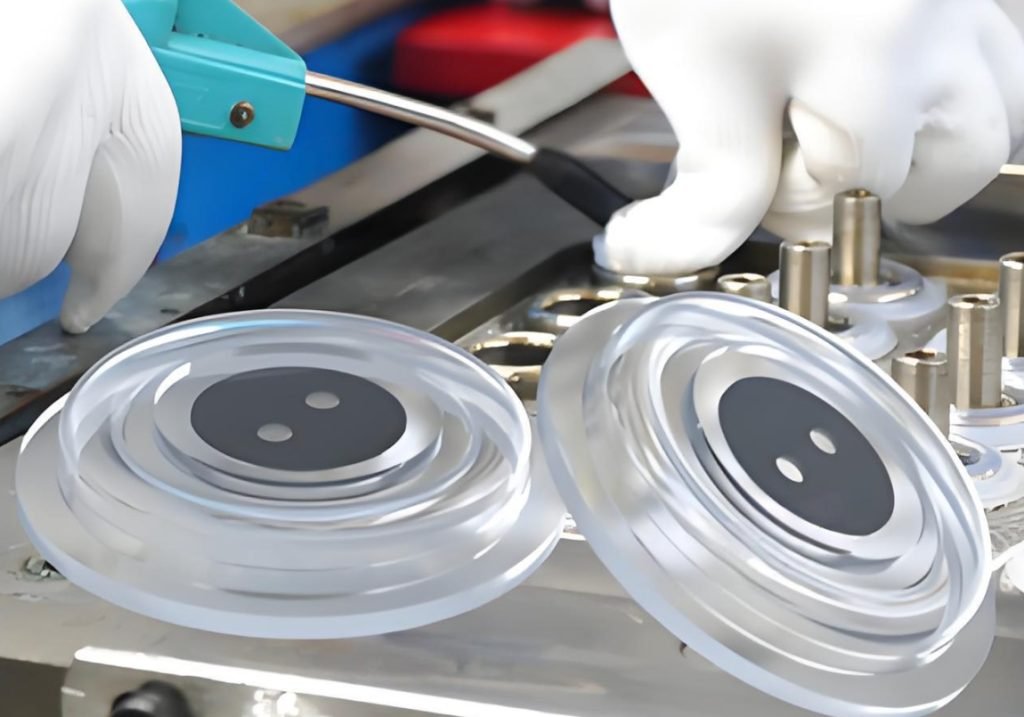
The LSR Injection Molding Process
At Fecision, the LSR injection molding process is a highly precise and automated manufacturing method designed to produce complex, high-quality silicone parts with exceptional consistency and efficiency. Our process leverages advanced technology and stringent controls to ensure optimal results for every component.
LSR Injection Molding Expertise
Fecision's LSR Injection Molding Capabilities
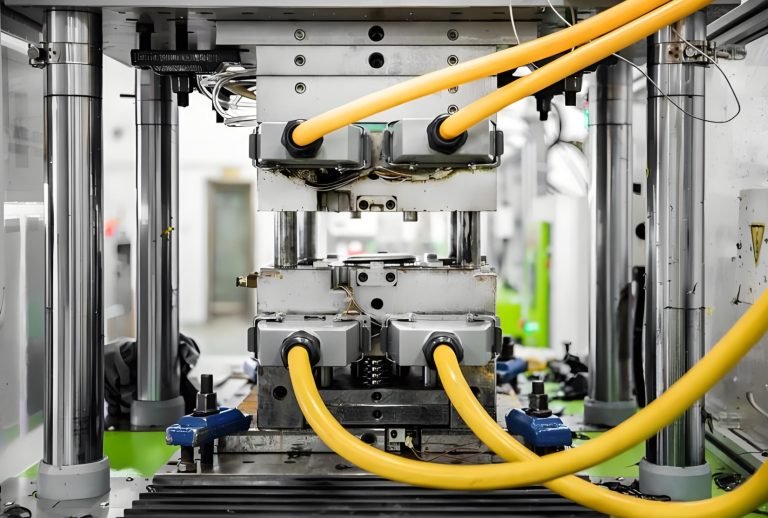
Advanced Equipment
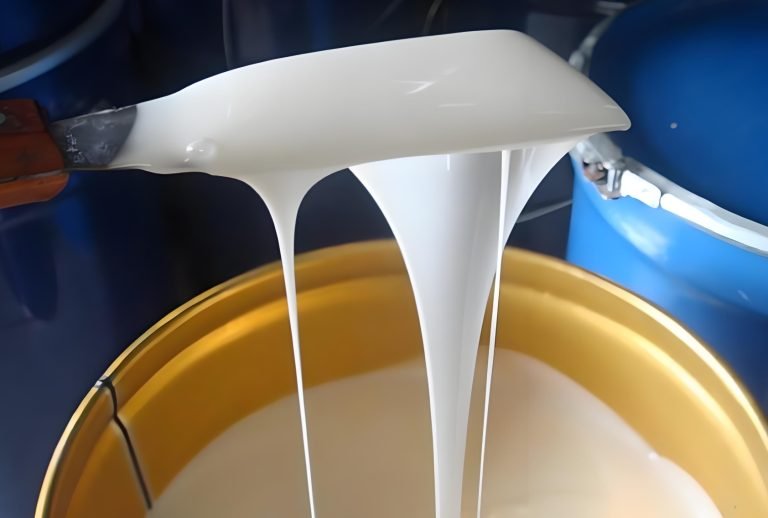
Material Expertise

Precision Tooling
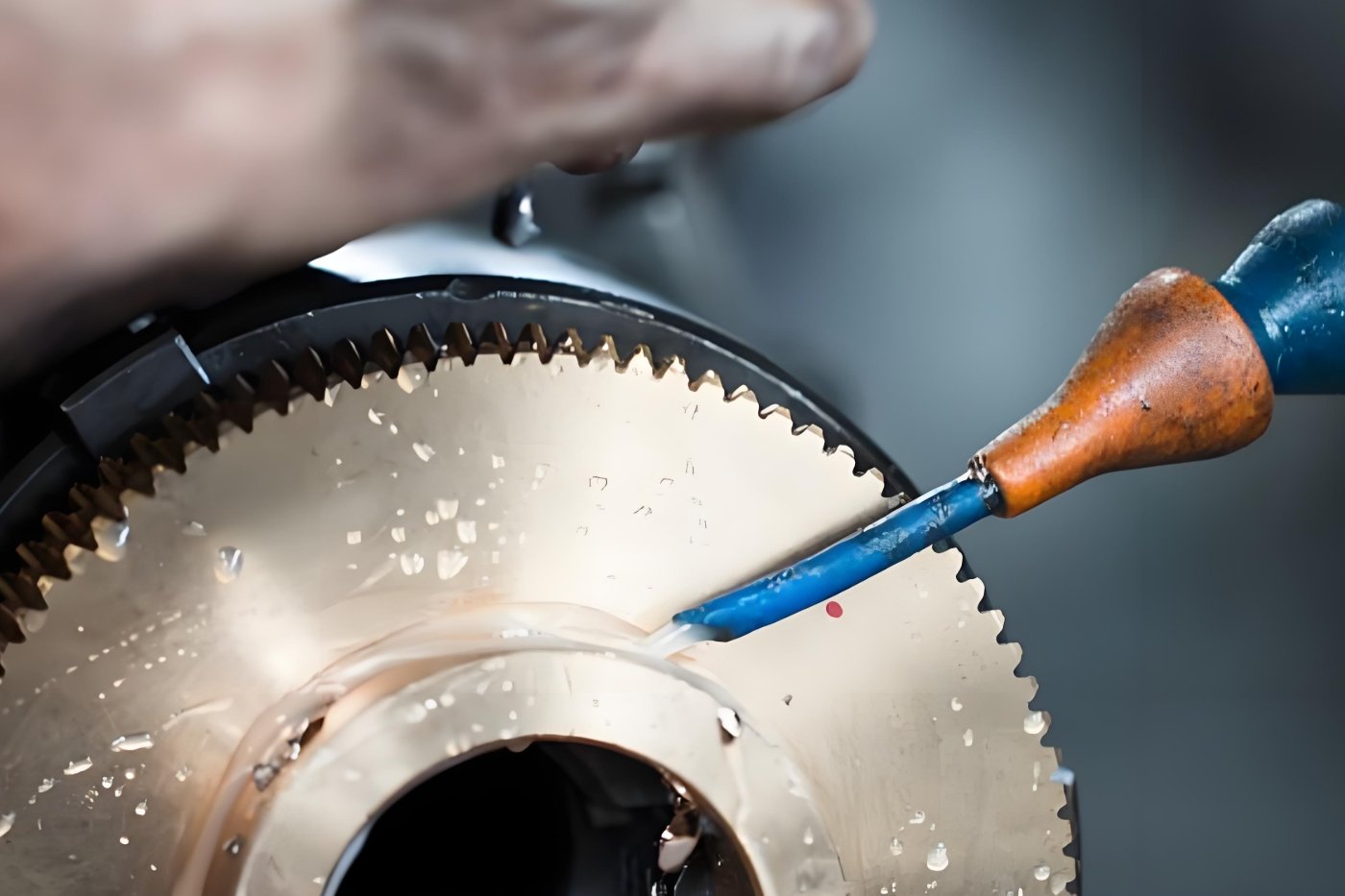
Value-Added Services
Fecision LSR Injection Molding Equipments
Our dedication to quality is validated by an extensive portfolio of prestigious certifications, demonstrating our adherence to the most rigorous global standards.
Design Considerations for LSR Injection Molding
Wall Thickness
Draft Angles
Gate Placement
Undercuts
Utilize Inherent Benefits
Advantages of LSR Injection Molding
Liquid Silicone Rubber (LSR) injection molding offers a multitude of advantages that make it a preferred manufacturing process for a wide range of critical components, particularly those requiring high precision, exceptional material performance, and suitability for demanding environments.
Complex Part Geometries & High Precision
The low viscosity of LSR allows it to flow easily into intricate mold cavities, enabling the production of highly complex part geometries, thin walls, and fine details with exceptional precision.Fecision's expertise in mold design and process control ensures that these complex designs are manufactured with tight tolerances and remarkable accuracy.
Excellent Material Properties
LSR's inherent durability and resistance to tearing and fatigue ensure long service life even under stress. LSR maintains its flexibility and mechanical properties across a broad temperature spectrum, from as low as -60°C to over 200°C, making it suitable for applications exposed to extreme thermal conditions. Furthermore, its excellent chemical inertness provides resistance to a wide array of chemicals, oils, and solvents. For medical and food-contact applications, the biocompatibility and hypoallergenic nature of specific LSR grades are paramount, ensuring safety and compliance.
Consistency & Repeatability
The LSR injection molding process delivers exceptional part-to-part consistency and repeatability.The stable nature of the LSR material and the precision of the molding process minimize variations, ensuring reliable performance of the final product.
Automation & Efficiency for Scalable Production
LSR's rapid curing cycle and the potential for automated demolding make the injection molding process highly efficient and suitable for large-scale production. This automation reduces cycle times, minimizes manual labor, and lowers per-part costs, especially in high-volume scenarios.
Inherent Cleanliness & Suitability for Sterile Applications
LSR is an inherently clean material, producing minimal outgassing and leachables. This characteristic, combined with the ability to mold parts in certified cleanroom environments makes LSR injection molding an ideal choice for medical devices, pharmaceutical components, and food-grade applications where sterility and purity are non-negotiable. The smooth, non-porous surface of LSR parts also resists bacterial growth and is easy to clean and sterilize.
Applications & Industries Served
Medical & Healthcare
Applications
Automotive
Applications
Electronics
Applications
Industrial Components
Applications
Your Strategic Partner for Connector Mold Success
The Fecision Advantage: Why Partner With Us?
Validated Performance, Guaranteed Quality
Quality & Certifications



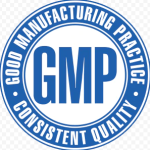
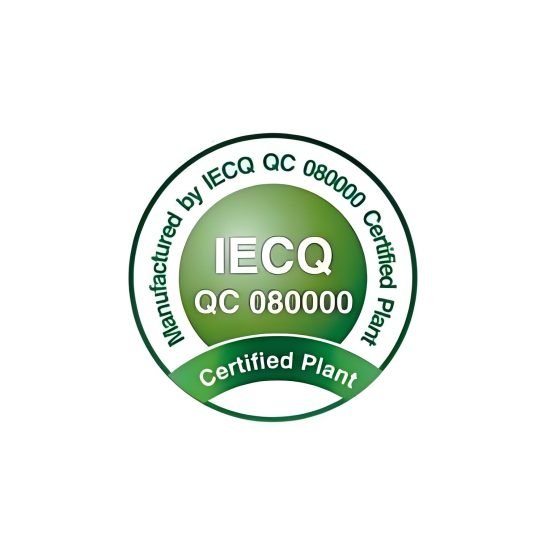
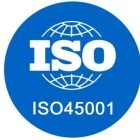
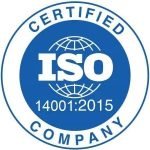

Recent Projects
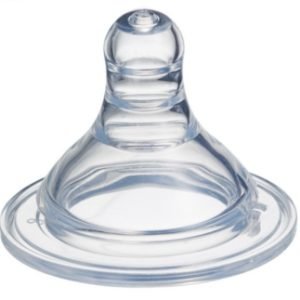
Nipple
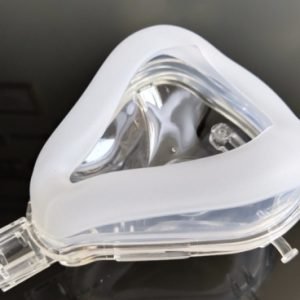
Respiratory mask parts
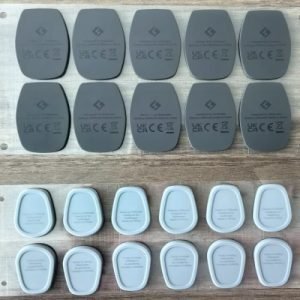
Bottom silicone pad
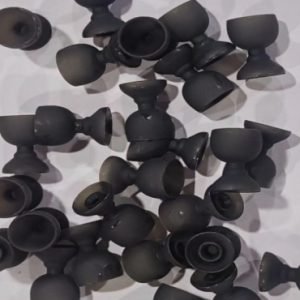
Earplugs
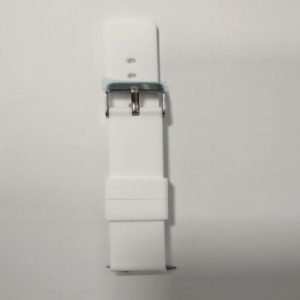
Silicone strap
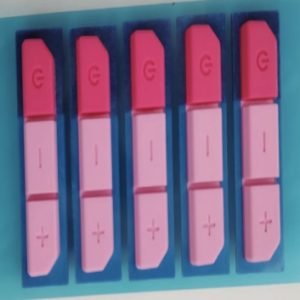
Audio button
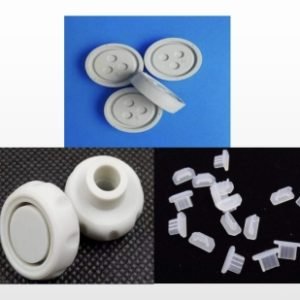
Liquid-proof stopper (dialyser)
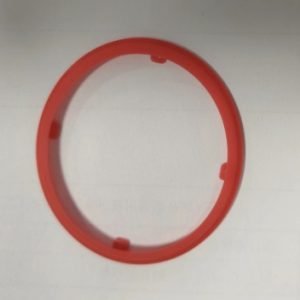
Earphone seal
Let's Start!
Take the next step towards realizing your high-performance Liquid Silicone Rubber components.
LSR Injection Molding FAQs
Related Resources
What Is LSR Injection Molding?
LSR molded parts maintain stable performance over a wide temperature range, making them ideal for automotive parts in extreme environments. Let’s learn more.
LSR Injection Molding vs. HCR Injection Molding? A Complete Guide for Medical and Industrial Use
Compare LSR injection molding vs. HCR injection molding for medical and industrial use. Learn pros, cons, and applications of each silicone molding method.
What Is the Difference Between HCR and LSR?
Choosing between HCR and LSR for your medical device? This guide compares high consistency rubber and liquid silicone rubber, highlighting key differences in properties, processing, and medical-grade considerations to help you make the right choice.

